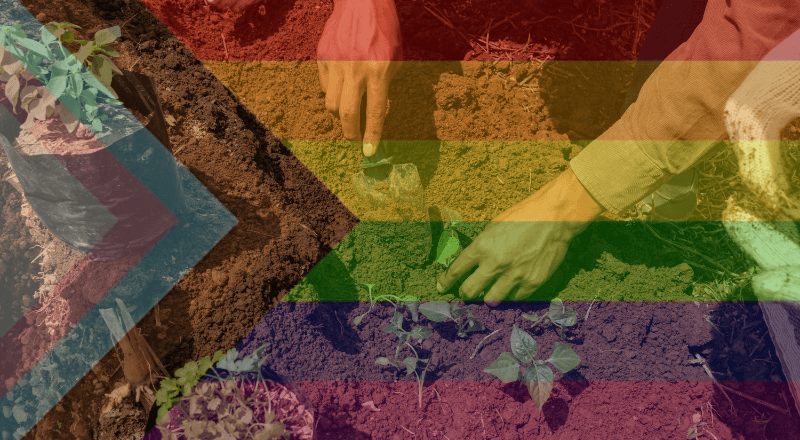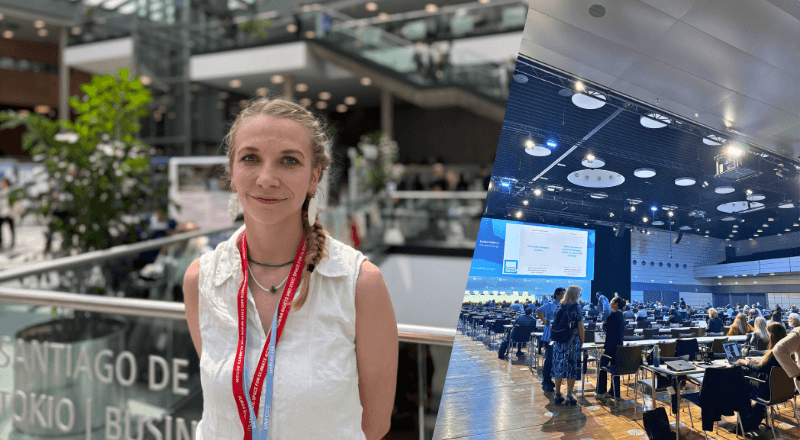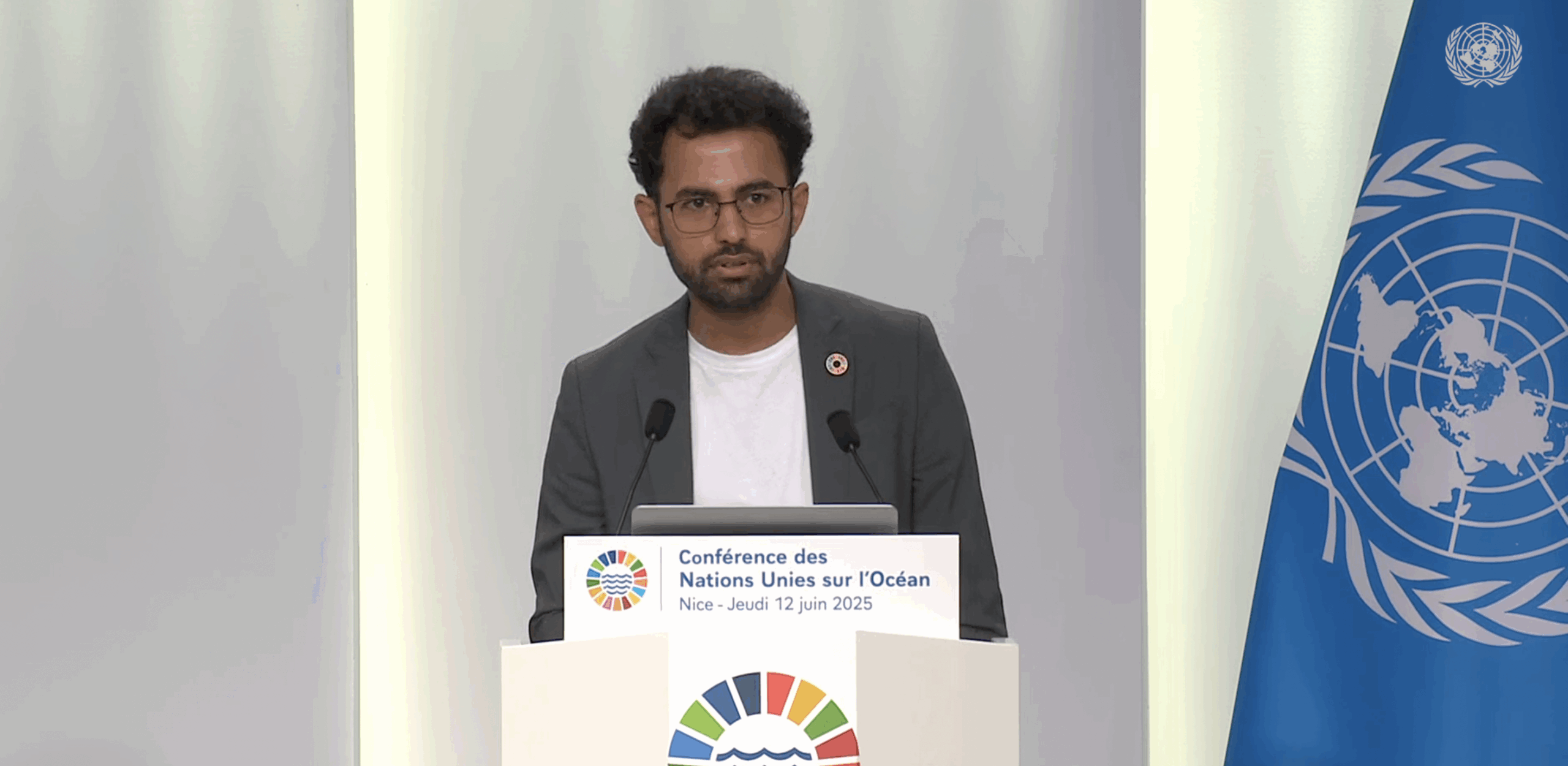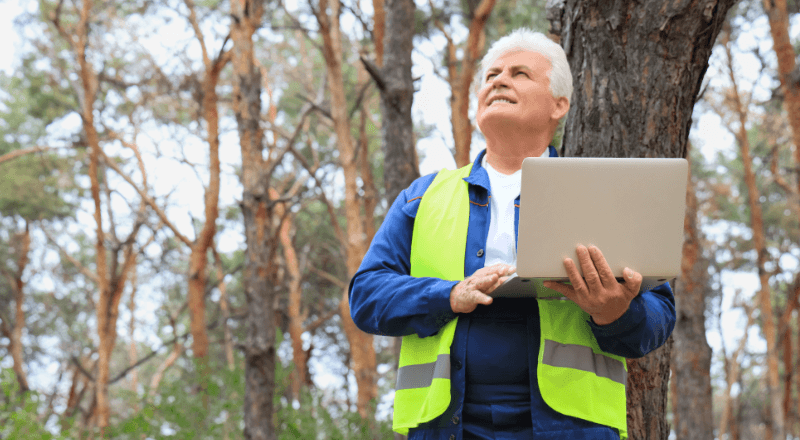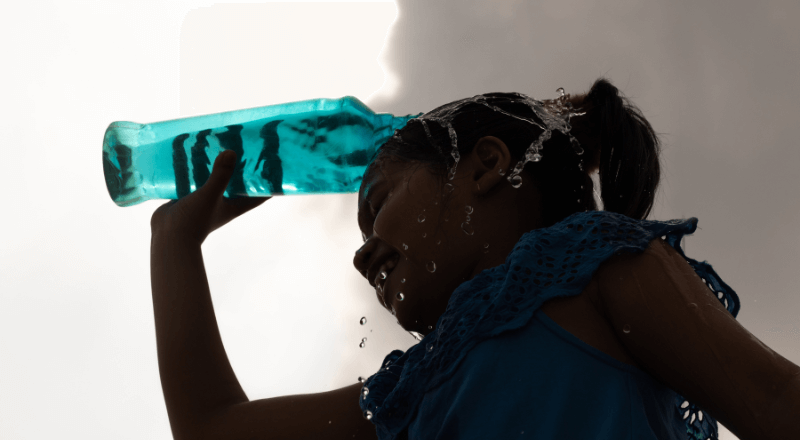
In many cities that are close to sea level, the threats of climate crisis are in more ways than one. Coastal erosion is not one to be easily missed. Some parts of Taiwan are vulnerable to sea level rise with mean sea level rising across the world – while Mongolia is facing a challenge of desertification owing to stock farming and mining. Tse-Xin Organic Agriculture Foundation is working to address these challenges in Taiwan and Mongolia respectively.

In this edition, we interview Li Yi Cheng, the Director, Tree Planting Department Tse-Xin Organic Agriculture Foundation whose team has been planting trees along the coast of Taiwan since 2015. They are one of the hundreds of projects on the Plant-for-the-Planet platform.
Recovering Forests and Defying Deserts
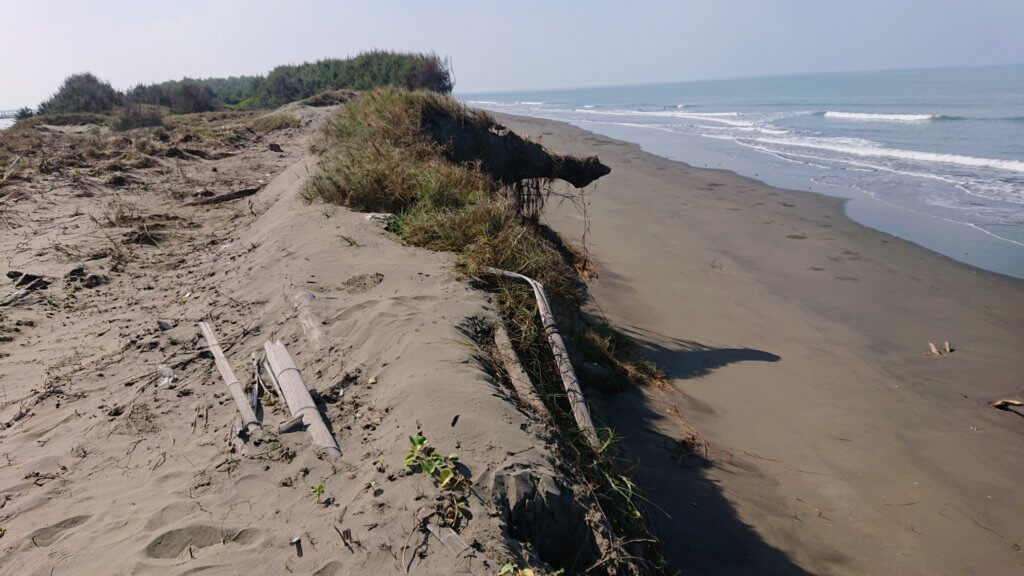
Taiwan Coastal Afforestation Project: Taiwan is an island surrounded by sea, our coastline is 1,500 km long in total. With that being said, we are deeply affected by the erosion of sea water, and the windbreak forests are disappearing really fast. Therefore, we decided to integrate all the resources from the society to focus on coastline afforestation. From 2015 till 2022, 860,000 trees have been planted along coastal areas of all the 21 seafront counties in Taiwan. In such a harsh environment, the total survival rate reaches to 70%.
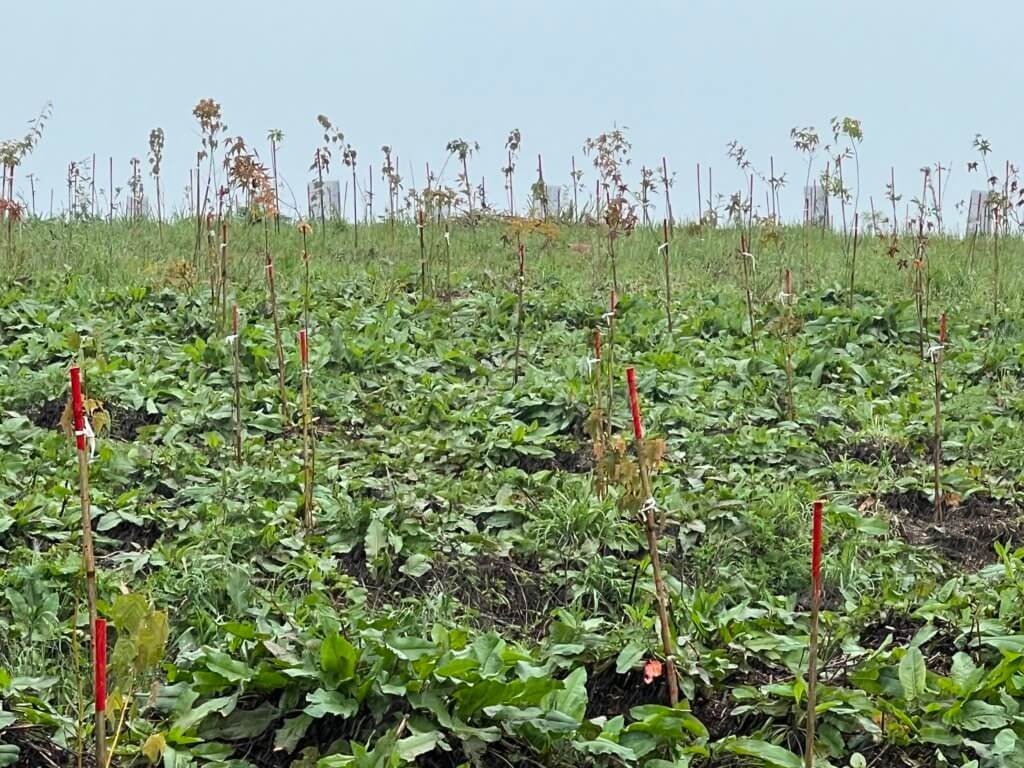
Taiwan Mountain Area Afforestation Project: in the early years, the catchment areas in mid-Taiwan were over developed, people planted too many cabbages with chemical fertilizer and affected the water-conservation function of the soil. Thus, the development gradually affected the reservoir downstream. Now the government stepped in and stopped the farming, hoping to recover the areas back to forests. Although the soil was overused and infertile, we were able to afforest based on our experiences. Now 22 hectares of the catchment area were planted with native coniferous and broad‑leaved mixed forest. The survival rate is 70-80%.

Mongolian Tree Planting Project: The reason why we go all the way to Mongolia is, on the one hand, we committed to plant 1 billion trees within 25 years which requires more land; on the other hand, when the dust storm breaks out in Gobi Desert, it only takes 3 days to reach East Asia (including Taiwan) and 10 days to California, USA. Half of the planet was being affected. 70% of their land has become desert owing to the stock farming and mining. Therefore, we want to teach the locals to plant native economic plants, so as to get more people involved in the tree planting action and contribute to Mongolian President Khürelsükh’s commitment to plant 1 billion trees. In the dry areas in Taiwan, we plant trees using “water storing tree planters” which successfully help them grow. We will also bring the planters to Mongolia to help the locals to overcome the difficulties of water scarcity.
Coastline afforestation and slowing erosions

Starting from 2015 till now, over 66 companies have participated in our tree-planting action along the coastline of Taiwan. 17 public sectors provided lands, 88,000 trees were planted. Before 2015, there was almost no attention from the public regarding the importance of coastal afforestation, but after we brought this up, more and more companies and public sectors contacted us and voluntarily supported us. We have planted 60 native trees and reforest the coastal forests and recovered the biodiversity. The damage from dust storms and wind are decreased in the neighborhood near sea; the windbreak forests also accumulate and fix sand that help uplift the terrain. This can slow the erosion from sea waves and the retreat caused by rising-sea-level and land subsidence.
We have collaborated with Professor Shen Chien-wen from National Central University in Taiwan to calculate the “Social Return on Investment (SROI)” of tree planting events since April 2022. We have held some tree planting events in 2016 in New Taipei City and recently interviewed the locals as well as the participants. According to the result, people who have participated in the tree-planting event have become more aware of what’s happening to the environment and are willing to act more eco-friendly in their daily lives. Most of them feel closer to nature and come to know more about the importance of coastline windbreak forests.
Discovering Plant-for-the-Planet
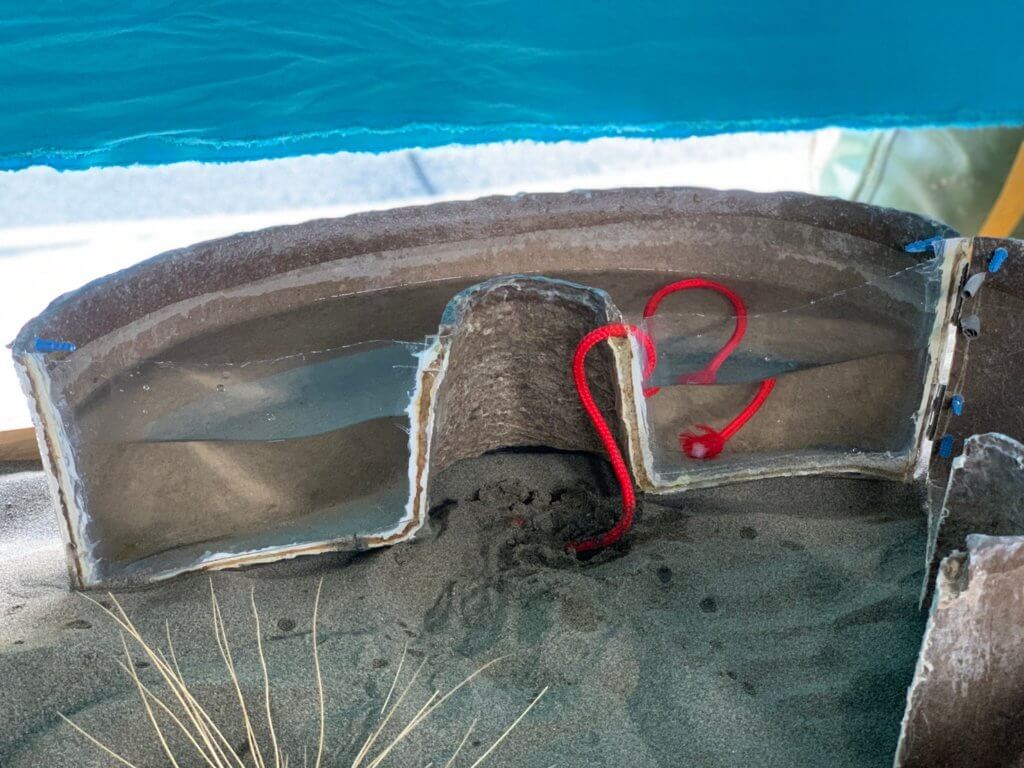
Our colleague Angela Wang introduced us to Plant-for-the-Planet. Because we participated in the Trillion Trees Campaign and knew about the platform, and committed to plant billions of trees together with your group. We don’t have this kind of partnership with other platforms. Also, we didn’t use other similar platforms for collecting donations, we are mainly sponsored by Taiwanese and international companies and individuals.
From donation to planting
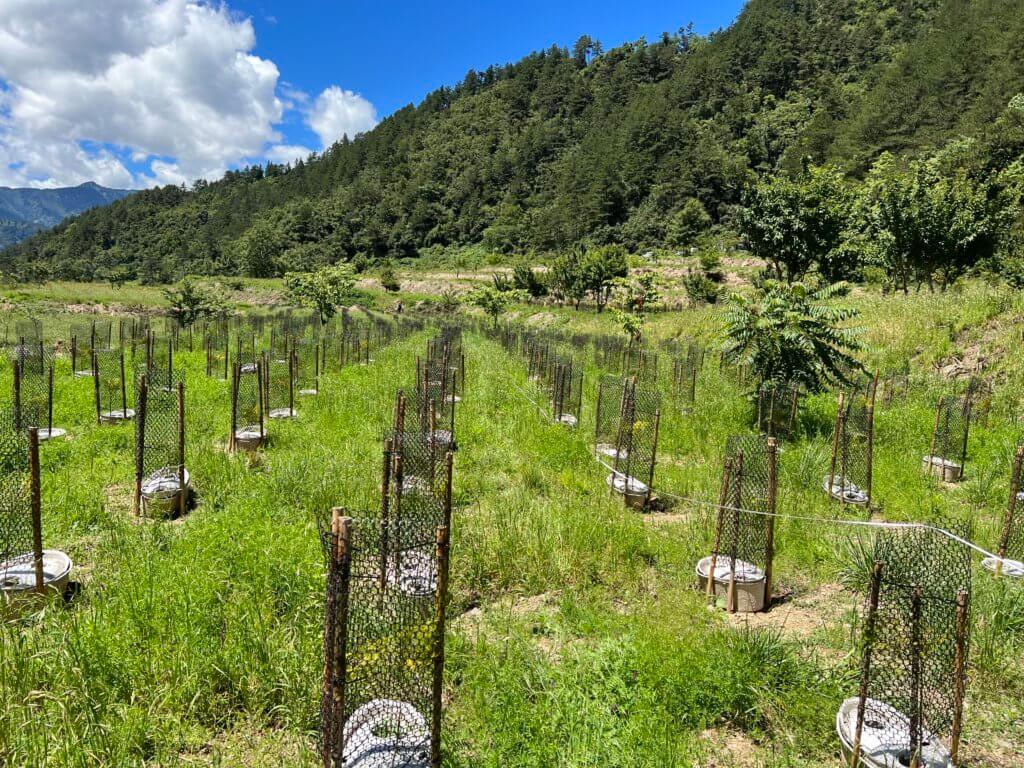
After we receive donations, we will start preparing for the land, the saplings, and organic fertilizers. Before planting, we will set up windbreak fences and irrigation systems in the planting site if applicable. In the meantime, we will prepare the water-storing tree planters, sign contracts with sponsors and do field surveys before the tree planting activity.
Social Return on Investment (SROI) of Restoration
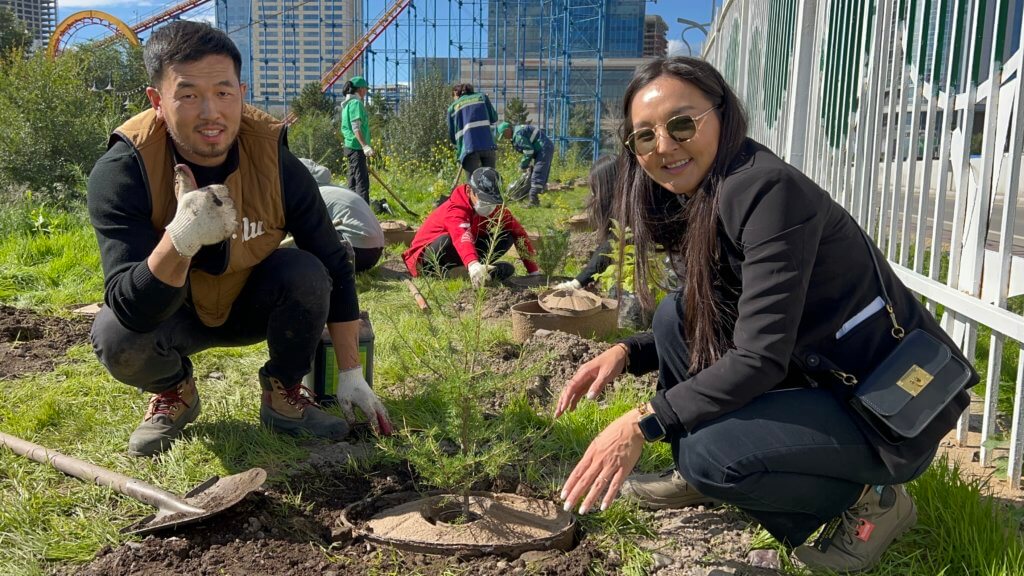
According to the SROI study, the local residents think that after we planted the trees, the environment has become more pleasant and comfortable. Most importantly, the windbreak forests blocked the sand and salt from the sea, and the residents felt obvious changes in the environment and in their daily lives. Without the windbreak forests, farmers can’t successfully harvest produce.
Many sponsors voluntarily ask to join tree planting events, so we will bring them to the coastal frontline to plant trees. Before the activity, we usually give them a workshop about the importance of protecting the forests and environment around us.
Choosing species to plant
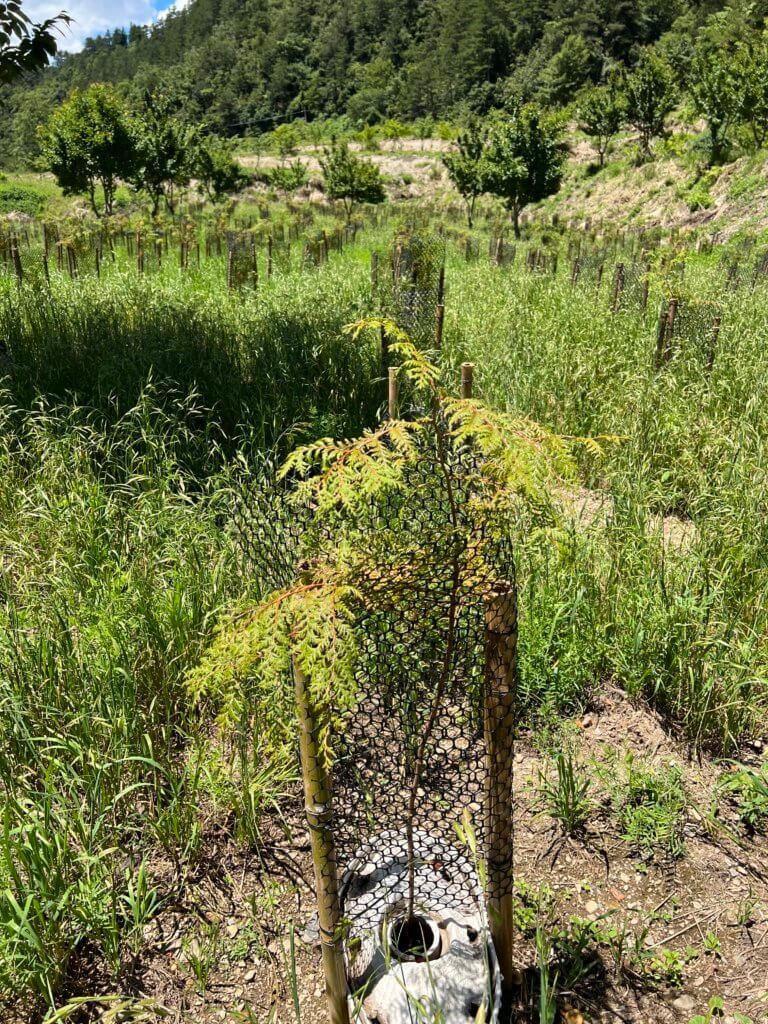
The saplings are from nurseries near the planting sites or those that have a similar climate/environment with the planting sites. It can be from either private or public sectors.
We choose the species that is native to the planting site. And based on the precipitation, the Electrical Conductivity Value and PH value which are indexes for soil salinity and acid-base respectively, whether there is enough sunlight, whether there are landscape or ecological requirements, we will sort out the most suitable tree species among the native species. When going to the field survey, we observe the trees grow on the field. We will consult with the tree planting company that has planted trees in the area for many years. We consult with tree planting experts for advice.
Join Us…
Through tree planting, we can learn to care for others, living things and the environment. This will have a positive influence on those around us and eventually become a powerful force for change!
Visit Tse-Xin Organic Agriculture Foundation to learn more.

